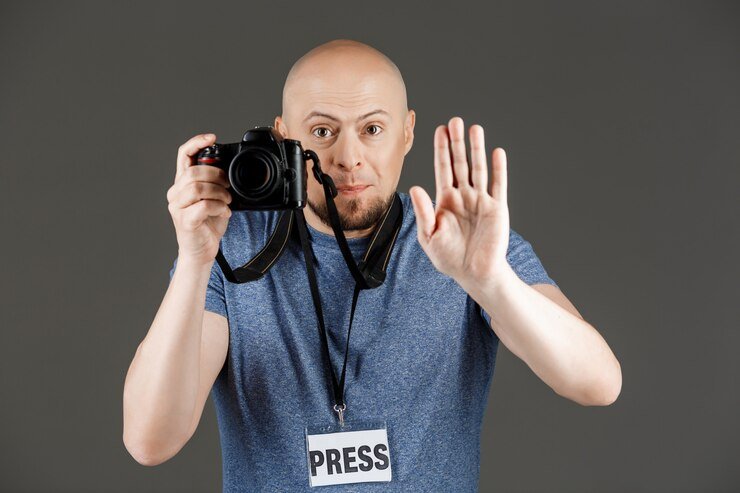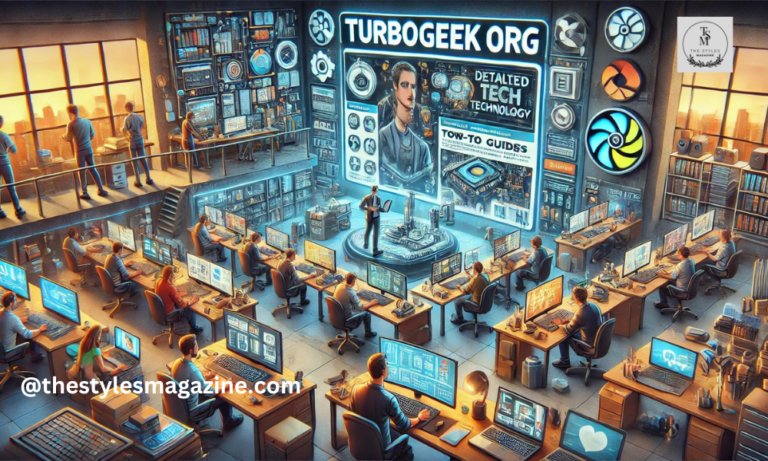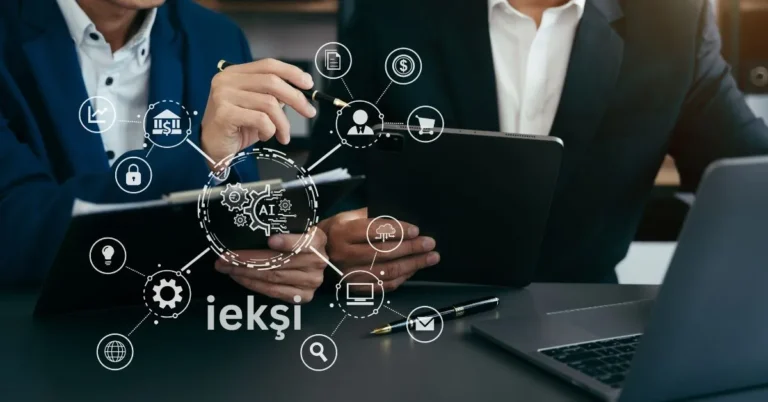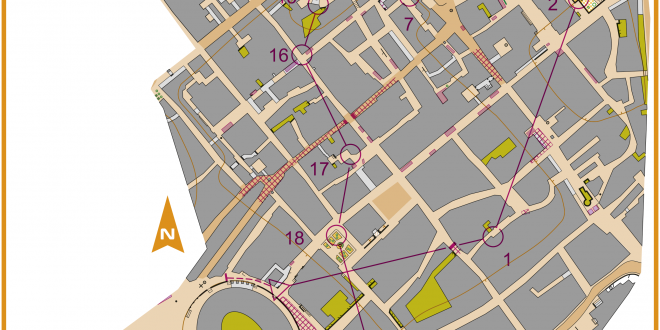Meldadel Mugshot: Understanding the Controversial Phenomenon
In recent years, the term “meldadel mugshot” has gained significant attention in both legal circles and popular culture. This article aims to shed light on this complex and often misunderstood concept, exploring its origins, implications, and the ongoing debate surrounding its use.
What is a Meldadel Mugshot?
A meldadel mugshot refers to a specialized type of booking photograph taken during the arrest and booking process. Unlike traditional mugshots, meldadel mugshots employ advanced imaging techniques and are often associated with high-profile or controversial cases.
Key features of meldadel mugshots:
- High-resolution imaging
- Multiple angles captured
- Digital enhancement capabilities
- Integrated biometric data
The Origins of Meldadel Mugshot Technology
The development of meldadel mugshot technology can be traced back to the early 2010s. Law enforcement agencies, seeking more accurate and detailed suspect identification methods, collaborated with tech companies to create this advanced mugshot system.
Timeline of meldadel mugshot development:
- 2012: Initial concept proposed
- 2014: Prototype testing in select jurisdictions
- 2016: Widespread adoption begins
- 2018: Integration with facial recognition databases
- 2020: Controversy emerges over privacy concerns
How Meldadel Mugshots Differ from Traditional Mugshots
While both meldadel mugshots and traditional mugshots serve the purpose of documenting arrested individuals, there are several key differences:
FeatureTraditional MugshotMeldadel MugshotImage QualityStandard resolutionUltra-high resolutionAnglesFrontal and profileMultiple angles, including 3D mappingData IntegrationBasic informationComprehensive biometric dataProcessingManualAI-assisted analysisStorageLocal databasesCloud-based, easily shareable
The Technology Behind Meldadel Mugshots
The meldadel mugshot system utilizes cutting-edge imaging and data processing technologies to create a comprehensive visual and biometric profile of arrested individuals.
Key technological components:
- High-definition cameras: Capture minute details of facial features and distinguishing marks
- 3D mapping software: Creates a three-dimensional model of the subject’s face
- Biometric scanners: Record unique physical characteristics such as iris patterns and fingerprints
- AI-powered analysis: Identifies and catalogs key facial features for easy searching and matching
- Secure cloud storage: Enables instant sharing and access across law enforcement agencies
The Legal Framework Surrounding Meldadel Mugshots
The use of meldadel mugshots has sparked intense legal debates, particularly regarding privacy rights and the presumption of innocence.
Key legal considerations:
- Fourth Amendment protections against unreasonable searches and seizures
- Due process concerns
- Right to privacy in the digital age
- Potential for bias in facial recognition algorithms
Several landmark cases have shaped the legal landscape surrounding meldadel mugshots:
- United States v. Johnson (2019): Challenged the constitutionality of meldadel mugshot databases
- Smith v. California Department of Justice (2021): Addressed issues of consent and data retention
- In re: Meldadel Mugshot Privacy Act (2022): Proposed federal legislation to regulate the use and distribution of meldadel mugshots
Controversy and Ethical Concerns
The implementation of meldadel mugshot technology has not been without controversy. Critics argue that the system poses significant threats to civil liberties and perpetuates systemic biases.
Major points of contention:
- Privacy invasion: The detailed nature of meldadel mugshots raises concerns about excessive personal data collection
- Presumption of guilt: Public access to these images may unfairly prejudice individuals who have not been convicted
- Racial bias: Studies suggest facial recognition algorithms may disproportionately misidentify people of color
- Data security: The centralized storage of sensitive biometric data presents potential cybersecurity risks
- Mission creep: Fears that the technology could be repurposed for mass surveillance
Benefits and Drawbacks of Meldadel Mugshots
Potential benefits:
- Enhanced suspect identification accuracy
- Improved inter-agency cooperation
- Faster resolution of cases through advanced matching capabilities
- Deterrent effect on potential offenders
Potential drawbacks:
- Erosion of privacy rights
- Increased potential for false identifications
- Disproportionate impact on marginalized communities
- High implementation and maintenance costs
- Risk of data breaches and misuse
Meldadel Mugshots in Popular Culture
The concept of meldadel mugshots has captured the public imagination, appearing in various forms of media and entertainment.
Examples in popular culture:
- Crime dramas featuring advanced mugshot technology
- Dystopian novels exploring themes of surveillance and control
- Contemporary art exhibitions critiquing the ethics of facial recognition
- Social media filters mimicking the meldadel mugshot aesthetic
The Future of Meldadel Mugshots
As technology continues to advance and societal attitudes evolve, the future of meldadel mugshots remains uncertain.
Potential future developments:
- Integration with smart city infrastructure: Linking meldadel mugshot databases with public surveillance systems
- Blockchain-based data management: Enhancing security and transparency in mugshot storage and access
- Augmented reality applications: Allowing field officers to instantly identify suspects using AR glasses
- Genetic data integration: Incorporating DNA profiles into meldadel mugshot records
- International standardization: Creating global protocols for sharing and utilizing meldadel mugshot data
Best Practices for Law Enforcement Agencies
To address concerns and maximize the benefits of meldadel mugshot technology, law enforcement agencies should consider adopting the following best practices:
- Implement strict data protection protocols
- Regularly audit facial recognition algorithms for bias
- Provide clear opt-out mechanisms for individuals
- Limit access to meldadel mugshot databases
- Establish transparent policies on data retention and deletion
- Collaborate with privacy advocates and civil rights organizations
- Invest in ongoing training for personnel using the technology
Public Education and Awareness
As meldadel mugshots become more prevalent, it is crucial to educate the public about their rights and the implications of this technology.
Key areas for public education:
- Understanding the difference between arrest and conviction
- Rights regarding personal data and image use
- How to request removal of meldadel mugshots from public databases
- The limitations and potential inaccuracies of facial recognition technology
- The importance of presumption of innocence in the digital age
Conclusion
The meldadel mugshot represents a significant advancement in law enforcement technology, offering enhanced capabilities for suspect identification and case resolution. However, its implementation raises important questions about privacy, civil liberties, and the balance between security and individual rights.
As society grapples with these issues, it is essential to foster open dialogue between law enforcement, legal experts, technology developers, and the public. By addressing concerns proactively and establishing robust safeguards, we can work towards a future where meldadel mugshot technology serves the interests of justice while respecting fundamental human rights.
The ongoing debate surrounding meldadel mugshots reflects broader societal conversations about privacy, technology, and the role of law enforcement in the digital age. As we continue to navigate these complex issues, it is crucial to remain vigilant, informed, and engaged in shaping the policies that will govern the use of this powerful tool.
FAQs About Meldadel Mugshots
- Q: Are meldadel mugshots publicly accessible? A: The accessibility of meldadel mugshots varies by jurisdiction. Some states consider them public records, while others restrict access to law enforcement only.
- Q: Can I request the removal of my meldadel mugshot from databases? A: Many jurisdictions have processes for requesting removal, especially if charges were dropped or you were found not guilty.
- Q: How accurate are facial recognition algorithms used with meldadel mugshots? A: Accuracy rates vary, but concerns about false positives, particularly for people of color, have been raised by numerous studies.
- Q: Are meldadel mugshots admissible as evidence in court? A: The admissibility of meldadel mugshots in court proceedings is still being debated and may vary depending on the specific circumstances of each case.
- Q: How long are meldadel mugshots retained in databases? A: Retention periods vary by jurisdiction, but there is a growing movement to limit the duration of data storage to protect individuals’ privacy rights.







